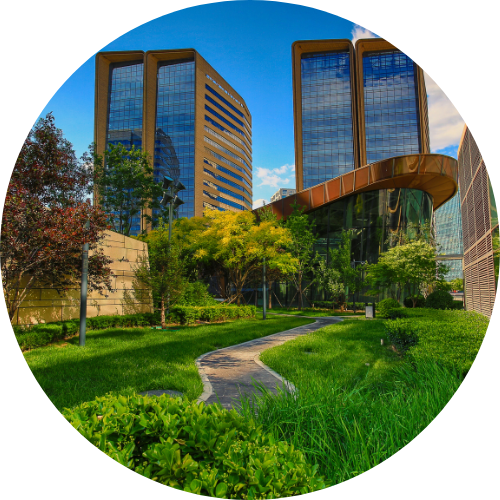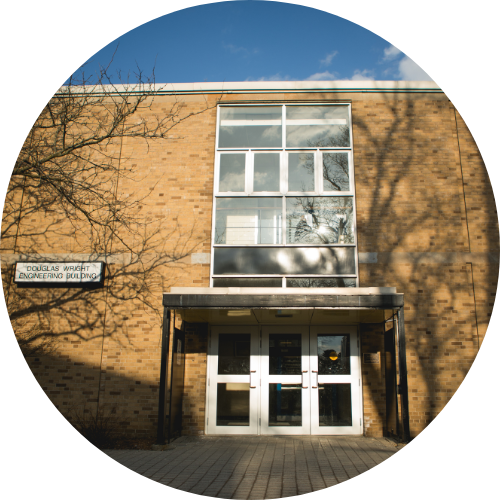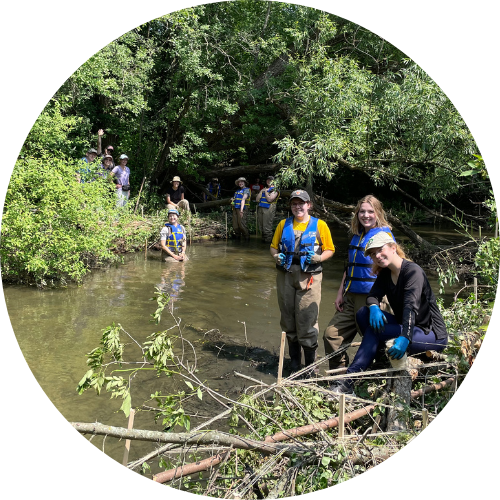
Overview
We're connecting experiential learning with campus impact.
Around the world, institutions and societies are looking for innovative ways of becoming more sustainable. Climate change, ecological degradation, and other sustainability challenges are significant and affect every aspect of our lives. Through the Sustainability Living Lab program, Waterloo aims to support students and faculty in using the campus as a model for researching, testing, and applying innovative approaches to complex sustainability challenges. The recommendations and solutions developed have the potential to improve the campus and build the sustainability leadership that can help transform the world.
Recent projects
From graphic design and data analysis to stream restoration and invasive species management, the Sustainability Living Labs program provides a diverse range of opportunities for experiential learning. Here are some recent projects completed through the program:

Visualizing UW in 2050
Students in the PLAN 211: Design Studio Fundamentals were tasked with producing visualizations of a net-zero campus in 2050. Using DALL-E 2, student teams created computer renderings of their vision for outdoor spaces that incorporated biophilic design, outdoor learning spaces, active and public transportation connections, water features and more.

Design of urban water systems
Civil and Environmental Engineering students from CIVE/ENVE 583: Hydrology and Open Channel Flow explored ways to reduce flood hazard and improve water quality around DWE. A student team proposed a combination of rooftop storage and bioretention cells in the courtyard as a potential solution. Research at this site is ongoing.

Restoration in practice
Students from ERS 341: Professional Conservation and Restoration Practice 1 were tasked with tackling several restoration projects in support of Waterloo's Sustainable Land Care Standard. These included different techniques for management of invasive buckthorn, developing plans to naturalize lawns, and building sediment mats to prevent erosion of Laurel Creek.


